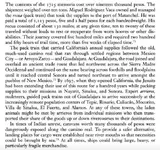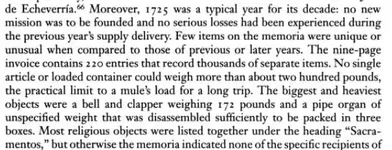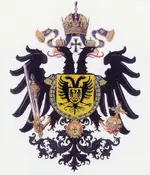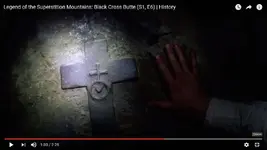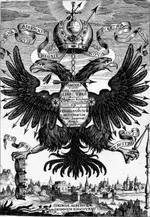deducer
Bronze Member
Those are good points too. We know that, like all intelligent warriors, the Apaches rarely engaged an enemy that they knew they couldn't defeat - typically by ambush. We also know that they not only took what they wanted or could use, but would attack and kill intruders regardless what useful goods they were carrying, if any. I guess the argument boils down to trying to establish whether this phantom Mexican pack train(s) existed at all - which at this point is purely speculative.
My unproven working hypothesis about the source of the unconfirmed massive vaults in the Caballos - based on where the gold could have originated, the relative ease of transport, and, interestingly, Noss's own assays of some of the bars (which I believe were recovered from the Caballos, not Victorio Peak), indicates that it came from the Santa Rita-Pinos Altos region. PA was a gold camp; Santa Rita del Cobre, in addition to massive copper harvesting, originally recovered large amounts of gold from the many earlier shallow workings, and most recent core-drilling has revealed very high-grade gold close to the Kneeling Nun. This extensive mineralized zone is a documented and proven significant producer in the modern era - ca 1800 to present - and an alleged far greater producer prior to 1800, quite a mysterious time for the region. Of course, this hypothesis also would include the Apache menace.
As far as the hypothetical "Mexican pack trains," you may find the following passages interesting (from Antigua California: Mission and Colony on the Peninsular Frontier, 1697-1768 by Harry Crosby):
